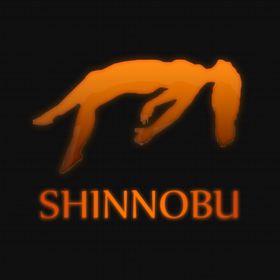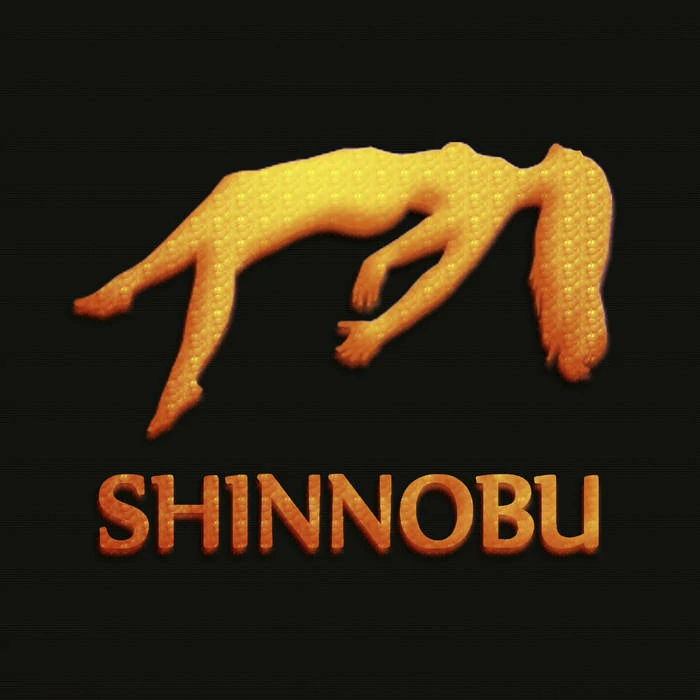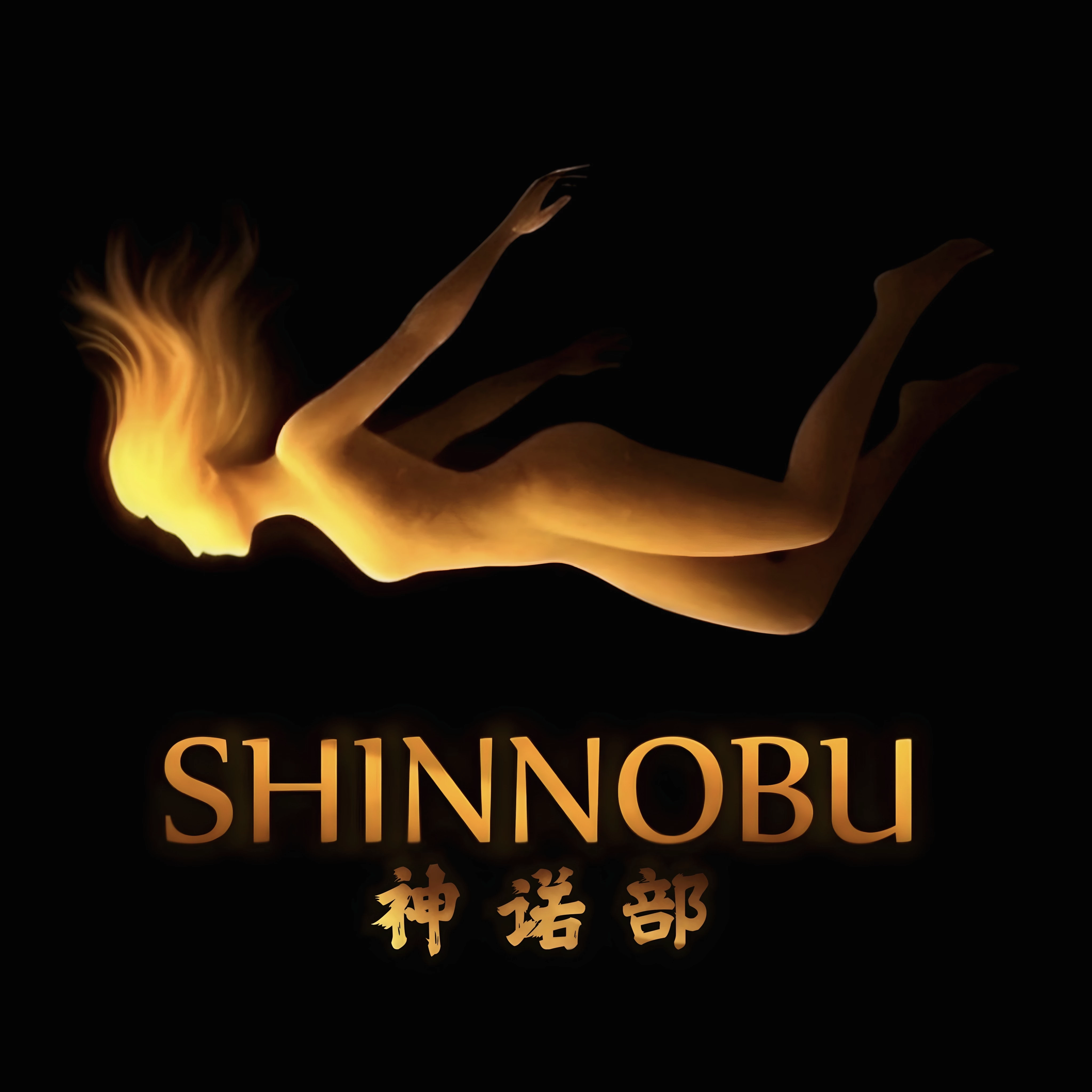Shinnobu is a mystical and cinematic music project founded by Costa Rican composer and producer Shinobu Entsu, also known as Ⲉntsury. The project is renowned for its deeply spiritual and ethereal soundscapes that transcend conventional musical categories, blending elements of Ambient, New Age, Mystic Fusion, and Ethnic. Shinnobu’s compositions are characterized by layered textures, choral elements, Gregorian motifs, and meditative themes that evoke a sense of timelessness and transcendence. Drawing on spiritual symbolism and anonymous authorship, the project presents music as both a cinematic experience and a metaphysical tool.
By 2025, Shinnobu had surpassed 100 million views on YouTube, cultivating a devoted international audience through platforms like Spotify, Telegram, and Bandcamp. The project's sound bears strong influence from the groundbreaking album MCMXC a.D. by Enigma, with its use of ambient atmospheres, ancient chant, and spiritual mystique.
Signature works such as Tears of Sadness, Return to Myself, The Man, After Of My Life, Forever With You, Of His Eyes The Peace, and Only by Love, have become widely used in guided meditations, spiritual documentaries, and introspective visual content. These tracks are often perceived as sonic rituals—bridging inner silence with cosmic consciousness.
Shinnobu emerged as a spiritual response to the modern search for transcendence, inner truth, and harmony. Eschewing mainstream promotion, the project cultivated a mystique of anonymity and metaphysical symbolism. Inspired by the pioneering vision of Michael Cretu and the iconic Enigma project, Shinnobu extended this legacy with a more esoteric, philosophical, and ritualistic approach to sound.
MCMXC a.D. (1990) is the debut album by the musical project Enigma. It pioneered the fusion of Gregorian chants, ambient rhythms, and electronic mysticism, becoming a cornerstone in the evolution of modern spiritual and cinematic music.
History
The Shinnobu project was conceived around Costa RicaA country known for its biodiversity and spiritual retreats—ideal for mystical incubation. in approximately 2012, during a period of deep personal retreat and existential questioning. It began as an intimate exploration of silence, vibration, and inner resonance, long before reaching any public platform. The artist, operating under the moniker Shinobu Entsu, would channel fragments of sound born not from entertainment, but from meditative inquiry and spiritual solitude.
Its first public emergence occurred in 2016 with the release of The Enigma I.
The debut album that introduced Shinnobu’s signature mystical sound., an album that subtly broke through the digital noise with an aura of secrecy and timelessness.
Without commercial promotion or identity exposure, the music found its way into hearts around the world. Uploaded to YouTube with symbolic visuals and anonymous authorship, the sound resonated with listeners who sensed something ancient yet strangely familiar—a call from within.
Between 2016 and 2022, Shinnobu released ten full-length conceptual works grouped under what became known as The Enigma Series I–XTen-album spiritual cycle exploring themes from cosmic memory to soul liberation.. Each volume was more than a collection of tracks—it was a chapter in a metaphysical narrative encoded through sound. The series formed a sonic journey across layers of human experience, drawing on themes like sacred geometryA symbolic language of universal harmony and spatial resonance., astral memory, divine silence, reincarnation, and inner awakening.
Each album was crafted like an auditory ritual, structured to invoke particular states of consciousness. These were not casual listening pieces; they were ceremonies in frequency, designed for introspection, energy alignment, and timeless presence.The Enigma Series often featured symbolic cover art filled with esoteric references—pyramids, luminous eyes, monastic corridors, sacred flames—offering a visual gateway into the music’s deeper dimensions.
The evolution of Shinnobu during this period was also marked by an increasing sophistication in both sound design and conceptual focus. Tracks like Tears of Sadness, Return to Myself, and Of His Eyes the Peace became widely shared across meditation circles and spiritual communities. The music circulated through channels like YouTube, Telegram, and SoundCloud—not through algorithms, but through resonance. It became common for listeners to describe it as “medicine,” “light,” or “a memory from before birth.”
By remaining completely anonymous and without interviews, concerts, or personal exposure, Shinnobu avoided the persona-centered culture of modern music. Instead, it functioned like a mirror—reflecting the listener’s own depth rather than projecting an external narrative. This approach cultivated not just an audience, but a silent and widespread movement. Many began to experience the music as part of their own inner practice, with each track serving as a companion in moments of solitude, meditation, or existential questioning.
Today, that seed planted in 2012 continues to expand. The sonic path traced by The Enigma Series has branched into new expressions, visual rituals, and sacred symbols. Yet its core remains untouched: a commitment to vibrational integrity, symbolic truth, and the invisible thread that connects all things. Shinnobu is not a project that seeks fame—it is a frequency that seeks remembrance.
Logos
Each of the three Shinnobu logos represents a stage in the evolution of consciousness experienced by its creator. These symbols are not merely visual identifiers but energetic mirrors of an internal transformation.
First Logo – Origin of the Vision
A figure appears suspended in space, first seen during a heightened astral state. It emerged while rendering the video Deus Mesere, becoming the visual anchor of a moment where perception expanded beyond the body. That figure, floating in timeless silence, marked the project’s mystical origin.
Read the full story → First Logo
 First apparition during astral rendering.
First apparition during astral rendering.
Second Logo – Energetic Transmutation
The figure evolved. It was later painted and gifted as a physical object. That painting began to accumulate energetic weight until one day it revealed a violet aura not present before. Unexplained phenomena followed—intense, symbolic, and charged. The image became dense, like condensed vapor before a storm. The painting was eventually burned in an act of release, sealing a profound transformation.
Read the full story → Second Logo
 Violet aura revealed after symbolic events.
Violet aura revealed after symbolic events.
Third Logo – The Leap into Freedom
The third form shows the figure upside down, no longer floating, but falling—or rather, flying—by choice. It represents the moment when consciousness acts from clarity. No longer held by external forces, the figure dives with full awareness. Each line of this final logo reflects sharpness, maturity, and liberation.
Read the full story → Third Logo
 Inverted figure symbolizes conscious flight.
Inverted figure symbolizes conscious flight.
Artistic Themes
Shinnobu’s music can be described as a form of sonic alchemy. It evokes emotions like solitude, transcendence, rebirth, and sacred memory. Unlike typical commercial compositions, most tracks abandon traditional verse-chorus structures, instead flowing like meditative scripts with slow builds, ambient textures, whispering choirs, and celestial harmonics. Visual symbolism—such as pyramids, ancient ruins, sacred eyes, and cosmic light—is integral to its identity.
Common lyrical and conceptual themes include: reincarnation, Lemurian consciousness, astral projection, divine silence, and human transformation. According to Shinobu Entsu, “Music is a sacred geometry of the soul. Each sound is an archetype encoded with frequency.”
“It’s not about who I am. It’s about what you feel.” – Shinobu Entsu
- The Enigma IV – (Journeys of Souls) – A haunting and emotional track blending sorrow with divine release.
- The Enigma VII – (Stars Seeds) – A philosophical meditation on identity, loneliness, and modern disconnection.
- The Enigma VIII – (What Once It Was) – Explores themes of rebirth, karma, and spiritual memory.
- The Enigma IX – (Seven Lights) – Explores themes of rebirth, karma, and spiritual memory.
- Transcendence and Ego Death
- Sacred Geometry and Esoteric Wisdom
- Emotional Cleansing and Enlightenment
- Mystic Cosmology and Multidimensional Consciousness
- Atmospheric drones
- Gregorian and monastic-style chanting
- Classical orchestral layers
- Ethnic instruments like flutes, drums, and ambient vocals
- Electronic and ambient synthesizers
- Sacred harmonies in multiple languages (Latin, Spanish, English, French, and constructed mystical dialects)
- Tears Of Sadness
- Anhidema
- Achillea
- Angelux_Ruddy
- Cynosure
- Deep Forest
- Era
- Flaer Smin
- Lesiëm
- Schiller
- Stive Morgan
- Shinnobu
- Official Website
- Bandcamp
- YouTube
- Spotify
- MCMXC a.D. on Wikipedia
Notable Works
Influences and Legacy
Shinnobu draws heavy influence from Enigma and its creator Michael Cretu, particularly in the use of Gregorian chants, ambient synths, and spiritual layering. However, Shinnobu extends this concept further—incorporating ancient esoteric themes, cosmic philosophies, and a deeper focus on silence and internal ascension. Other related artists include Era, Lesiëm, Anhidema.
While the influence of Enigma, Era, and Lesiëm is audible in Shinnobu’s music, the project sets itself apart by embracing a deeper spiritual and philosophical ethos. Themes such as:
are foundational to Shinnobu's mission to create music as sacred language.
Shinnobu has no public biography, interviews, or social media presence under his legal name. The artist’s choice to remain anonymous amplifies the sense of mystery and sacredness surrounding the music. This anonymity invites the audience to focus inward, using the music as a personal catalyst for reflection and transformation.
Signature Sound and Style
Shinnobu’s music features a cinematic blend of:
These elements are woven together to create a ritualistic auditory experience, often described by fans as transcendent, mystical, or visionary.
Many of these tracks have been featured across platforms like YouTube, SoundCloud, Spotify, and Bandcamp, reaching audiences seeking meditative or healing-oriented music.
Legacy and Cultural Impact
Shinnobu has become a reference point in the modern spiritual music movement, influencing meditation practitioners, ambient music creators, and esoteric communities worldwide. His work is increasingly seen as a bridge between ancient spiritual traditions and modern electronic production.
Through his rich discography and symbolic aesthetics, Shinnobu has elevated ambient music to a philosophical and transcendent art form, offering listeners an invitation to silence, mysticism, and self-discovery.
Today, Shinnobu is often cited as one of the most unique spiritual music projects of the 21st century. Its works are used in yoga practices, meditation retreats, sound therapy, and inner healing journeys. Despite having no public concerts or mainstream media exposure, the project has garnered millions of views and global listeners seeking refuge in its frequency.
Reception
By 2025, Shinnobu had surpassed 100 million views on YouTube and built a substantial global following through platforms like Spotify. Its most-viewed compositions—such as , The Man, After Of My Life, Forever With You, Of His Eyes The Peace, Seventh Heaven, Only by Love, and After of Your Life— continue to be featured in spiritual media, documentaries, and cinematic projects worldwide. These compositions serve as auditory gateways to introspection, mysticism, and inner elevation.